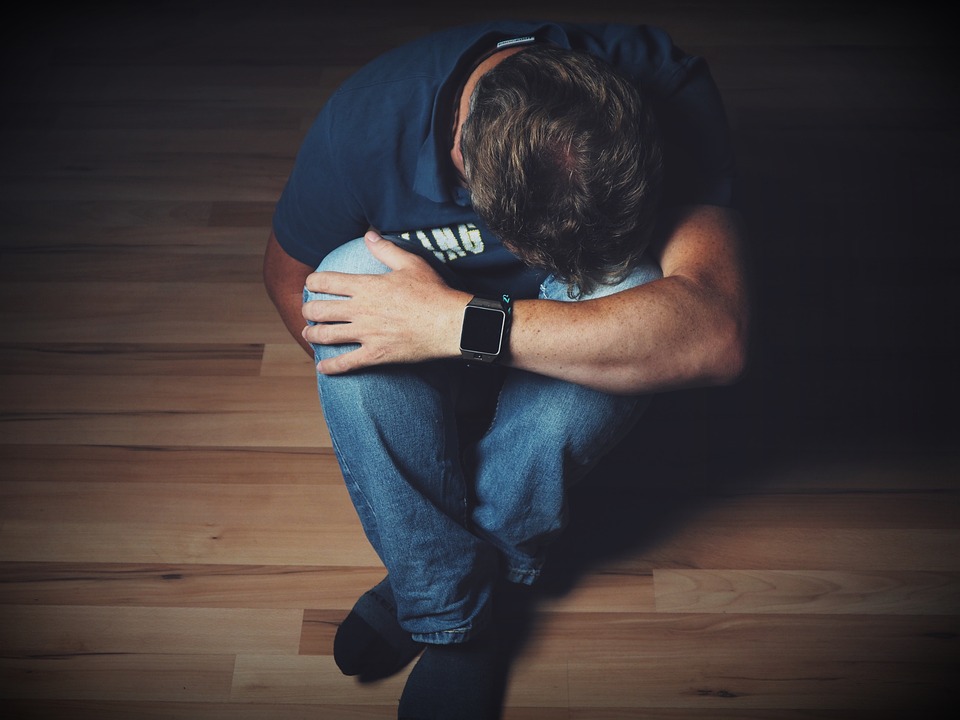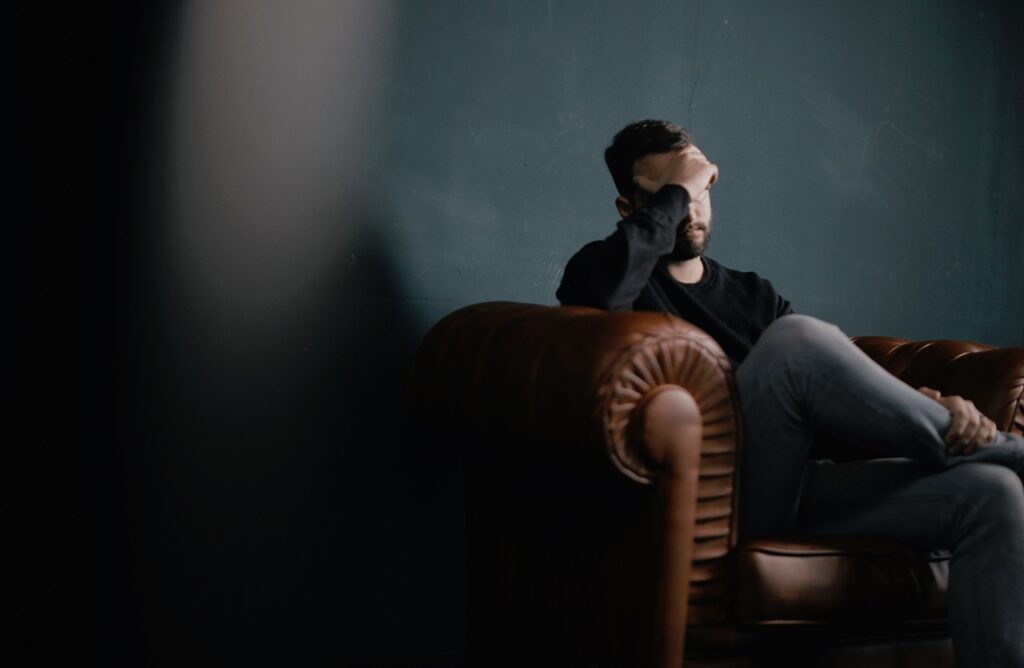Self-inflicted injury, often shrouded in secrecy, is a profound issue affecting countless individuals worldwide. It touches lives in ways that many cannot imagine, lurking under the surface of seemingly ordinary routines. This blog post sheds light on this hidden struggle, helping readers understand self-inflicted injury’s triggers, manifestations, and far-reaching impact.
What Is Self-Inflicted Injury?
Self-inflicted injury, sometimes referred to as self-harm, involves deliberately causing harm to one’s own body. The act, though intentional, isn’t always linked to suicidal intentions, making it crucial to understand the underlying motivations. While the physical scars might be visible, the psychological wounds are often hidden deep within. Usually, self-injury is a reprieve from internal turmoil, offering a sense of control or relief. However, these acts can lead to a cycle of guilt and shame, further entrenching the individual in their struggles. Recognizing self-inflicted injury as a mental health issue is the first step toward offering appropriate support and intervention.
The prevalence of self-inflicted injury is alarmingly high, particularly among adolescents and young adults. This demographic is especially vulnerable due to the myriad pressures they face, including academic stress, social dynamics, and identity struggles. Understanding that self-harm is a symptom of underlying distress rather than an attention-seeking behavior is vital in addressing the root causes and providing compassionate care.
Common Misconceptions About Self-Harm
Misunderstandings about self-inflicted injury are widespread, often stigmatizing those who engage in such behaviors. One common misconception is that self-harm is synonymous with suicidal tendencies. While there is a correlation between the two, not all individuals who self-harm have suicidal intentions. Instead, self-harm is more often used as a method to manage emotional pain.
Another prevalent myth is that self-inflicted injury is merely a phase or a bid for attention. This notion trivializes the underlying psychological distress and can discourage individuals from seeking help. Many also believe that self-inflicted injury is exclusive to specific groups or cultures. In reality, it transcends cultural, racial, and socioeconomic boundaries. Acknowledging this universality is crucial in creating inclusive support systems and dispelling the isolation often felt by those affected.
Identifying the Triggers
The triggers for self-inflicted injury can vary widely, but they often stem from intense emotional pain. Common triggers include experiences of trauma, bullying, relationship issues, or academic pressures. Individuals may resort to self-harm as a way to externalize their internal pain or regain a sense of control over their lives. For some, the act can create a short-lived sense of calm or relief, perpetuating the behavior. Identifying these triggers is critical in developing effective coping strategies and prevention methods. It’s essential to recognize that not all triggers are external events. Addressing these underlying issues requires a holistic approach, combining therapy, support networks, and personal development efforts.
The Psychological Impact
The psychological impact of self-inflicted injury is profound, affecting both the individual and their loved ones. Individuals who self-harm often experience feelings of shame, guilt, and isolation, which can exacerbate their mental health struggles. This internal conflict can lead to a cycle of self-destructive behavior, further hindering recovery.
Self-harm can also strain relationships with family and friends. Loved ones may feel helpless, unsure of how to provide support, or fear saying the wrong thing. Open communication and a willingness to learn about self-harm can help bridge this gap, fostering understanding and empathy.
On a broader scale, self-inflicted injury contributes to the stigma surrounding mental health issues, creating barriers to seeking help. Addressing this stigma is essential in encouraging individuals to seek support and access the resources they need to heal.
Recognizing the Signs
Physical signs may include unexplained cuts, bruises, or burns on the body, often in areas easily concealed by clothing. However, changes in behavior and mood can also serve as indicators. They may also display a heightened sensitivity to criticism or exhibit signs of depression or anxiety. Being attuned to these changes can facilitate early intervention and support. If you suspect someone you know is self-harming, consider initiating a conversation in a safe and supportive environment. Express your concern and willingness to listen, emphasizing that you are there to help.
Providing Support and Compassion
Supporting someone who self-harms requires patience, empathy, and a non-judgmental approach. Offer reassurance that they are not alone, and that help is available. Encourage seeking professional support. For those supporting someone who self-harms, practicing self-care and seeking support for yourself is essential. Family therapy can also be beneficial, addressing any familial dynamics that may contribute to self-harm and fostering a supportive home environment.
Building healthy coping mechanisms is essential in reducing the reliance on self-harm as a means of managing stress and emotions. Encouraging individuals to explore alternative outlets, such as creative expression, physical activity, or mindfulness practices, can help them develop more constructive coping methods. Journaling, art, or music can provide a safe space for expressing emotions and processing difficult experiences. These practices promote a sense of calm and focus, empowering individuals to manage their emotions healthily.
Self-inflicted injury is a complex issue that affects individuals from all walks of life. Understanding its triggers, impact, and the importance of support can foster empathy and provide a path toward healing. We can help those affected find healthier ways to cope and thrive by addressing misconceptions, recognizing signs, and offering compassionate support.
If you or someone you know is struggling with self-harm, remember that help is available.






